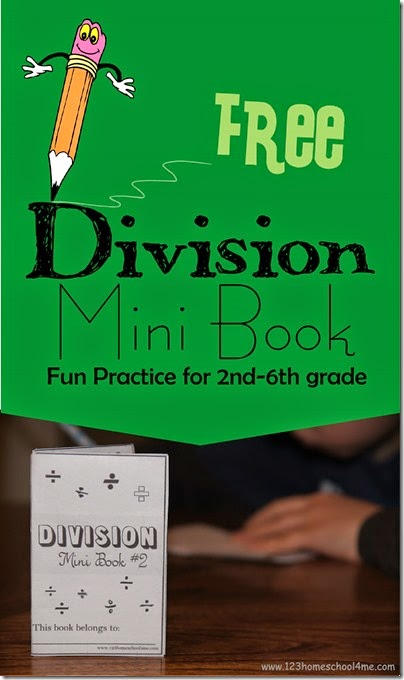


Talk about the differences between what you wrote to gain a better understanding of perspective. Or, try it yourself! After sharing an experience with your child, each of you can write about it from your own perspective. Talk with your child about the differences and why they thinks these differences exist. Then read an additional book or books on the same subject and compare and contrast how they dealt with the same issue.Ĭompare Perspectives: Read two texts - one written in first person and one in third person - about the same event. Talk about the book as you read it, reviewing main ideas and plots and expressing your opinions. Read and Research Together: Read the same book as your child independently, together, or a combination of both.

4TH GRADE SCANTRON GRIDABLE HOW TO
In short, 4th graders begin to learn how to think and talk about a text to find deeper meanings and messages. They also compare texts to each other and make connections both within one text and across multiple texts. Rather than just understand the plot and information given in a text, students are encouraged to think about the messages and how they relate to their own lives. Much of the 4th grade reading curriculum teaches students how to analyze the books they read.

Read on for what to expect this year, and shop all books and resources for 4th grade at The Scholastic Store.įor more book and reading ideas, sign up for our Scholastic Parents newsletter! They research, plan, and revise their work more by themselves - setting the foundation to be lifelong, self-starting learners. Fourth graders are encouraged to be more independent in how they learn, and depend less on their teacher's guidance. They also write with clarity, flow, and structure similar to that of traditional essays. In 4th grade, students learn how to deeply think about and make connections in new material, and grasp more complex concepts across all subjects. However, the content of most 4th grade curricula pushes students to think, analyze, and learn in more sophisticated and structured ways than they did in the “lower” grades. Most fourth graders are developmentally very much still children - they enjoy and learn from play, and they thrive in nurturing and warm environments. That being said, they still learn like elementary school students do. Congratulations: Your child is officially a member of the “upper” grades! As fourth graders, students deepen their skills to prepare for middle school.


 0 kommentar(er)
0 kommentar(er)
